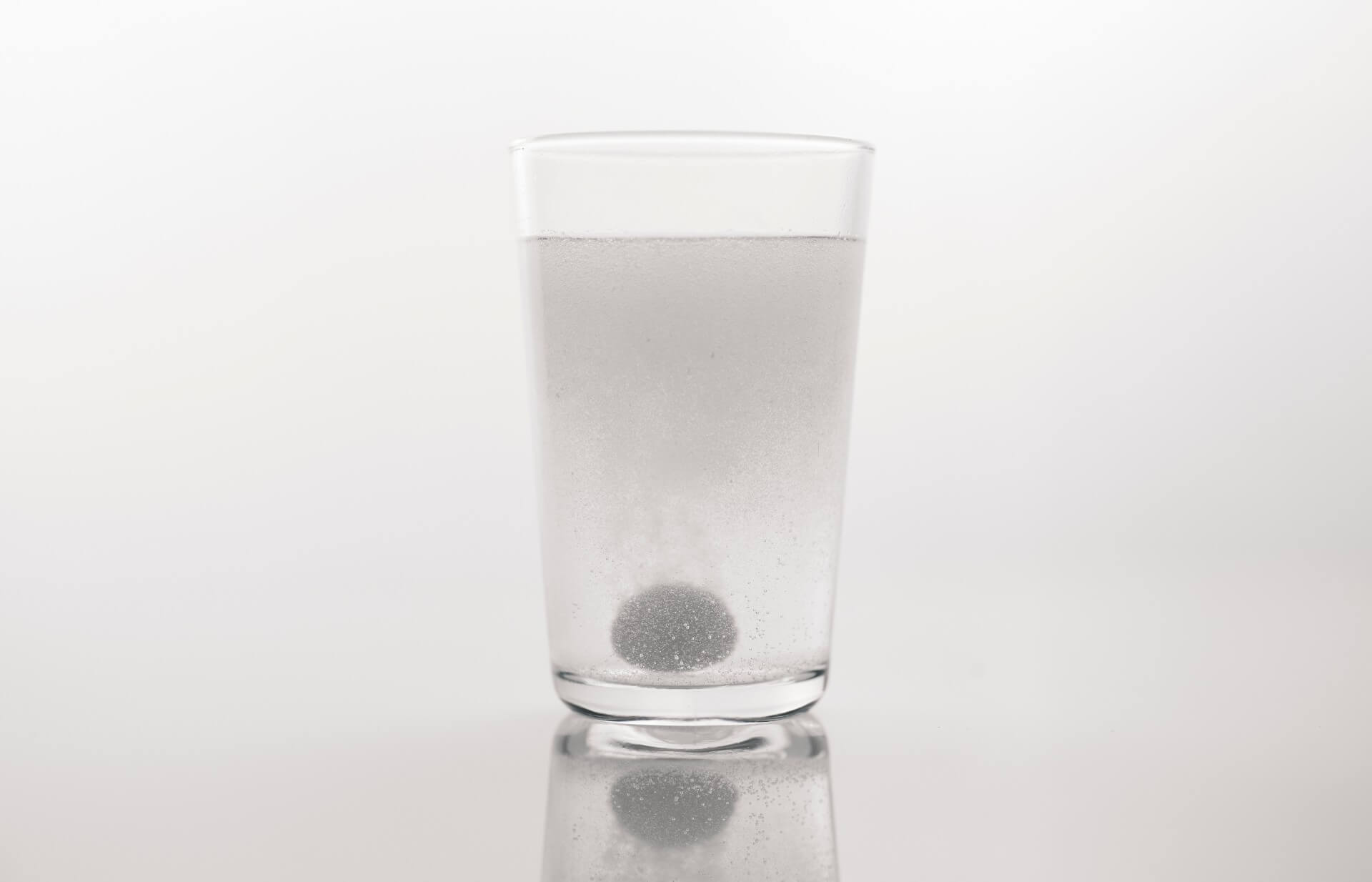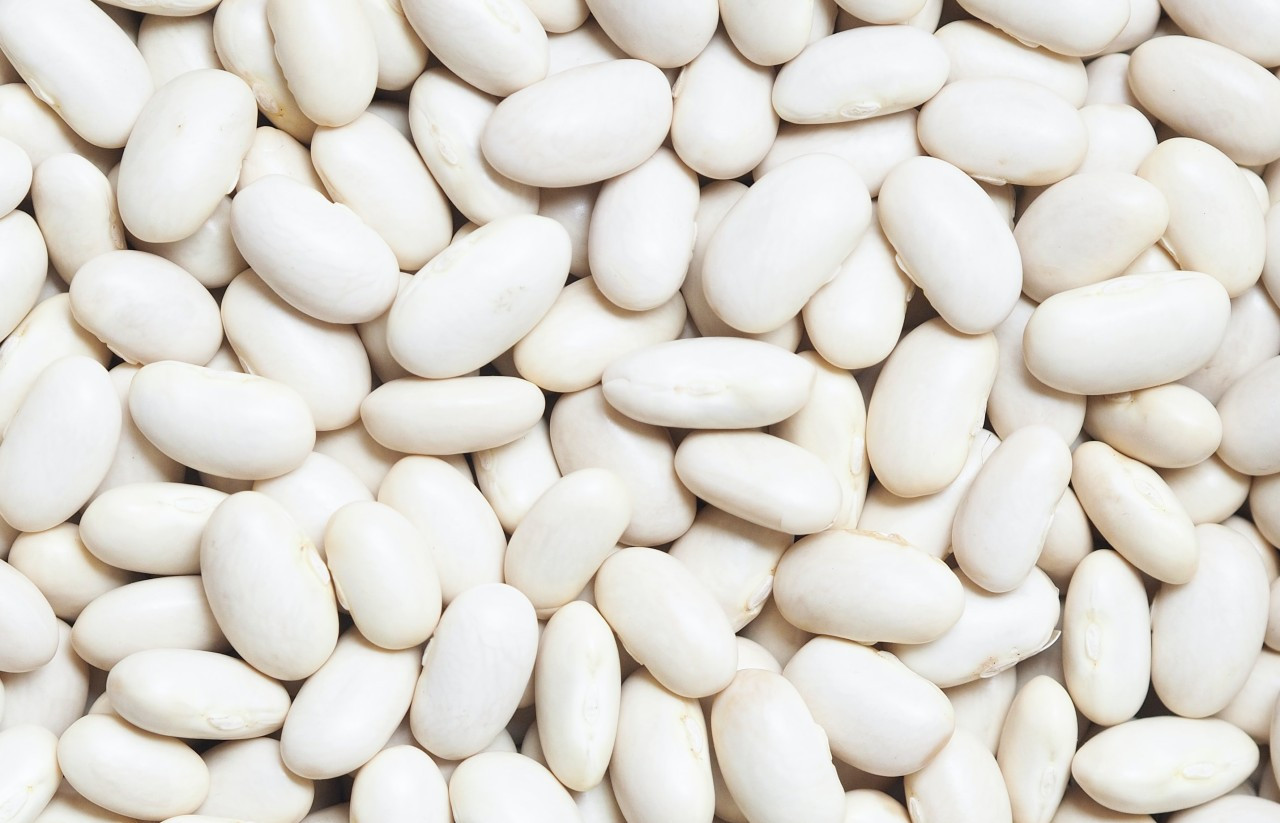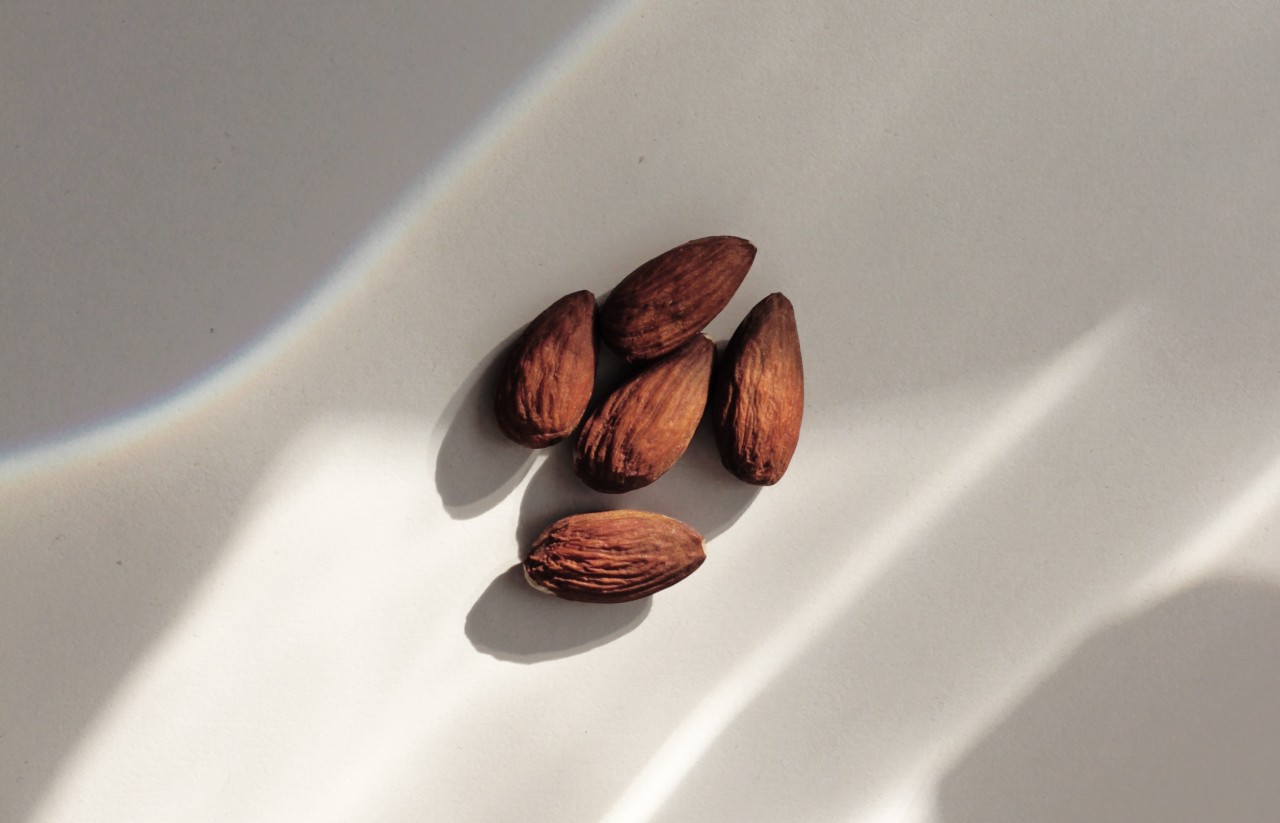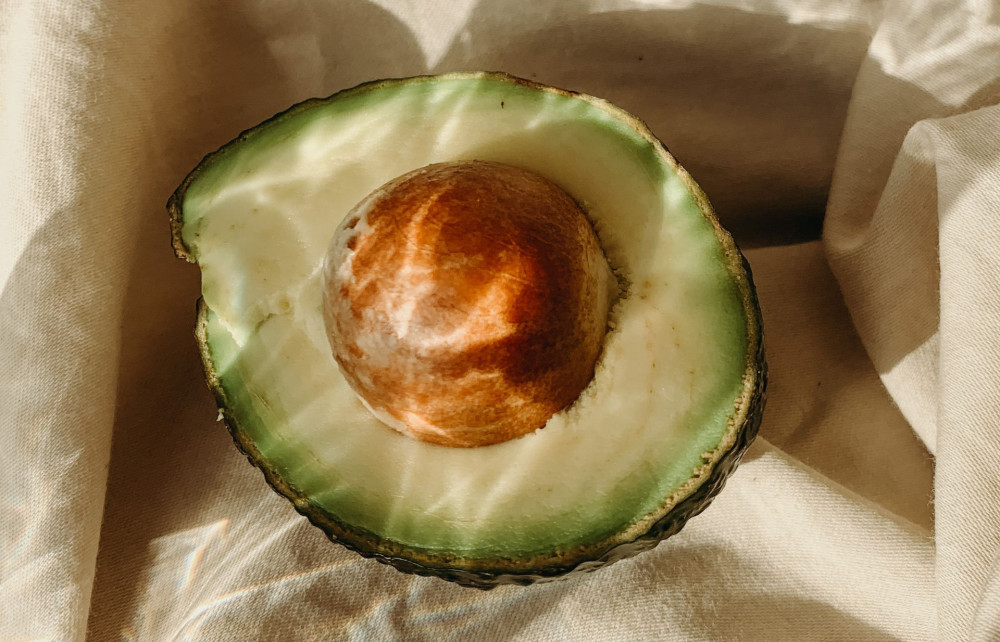
Detox: marketing hype or actually very useful? Detoxify your body safely with these tips
Detox cure, detox smoothie, juice cure, detoxification in the sauna… Nowadays we hear a lot about the concepts of detox and detoxification. But how exactly does that work, detoxing? Juices, lemon juice, sauna, shakes… What is the most effective way? And most importantly, why should we do it?
 Detox smoothies: useful or marketing hype?
Detox smoothies: useful or marketing hype?
As with all trends, there is also a lot of misinformation on the internet around detoxing. We filter out the toxic information for you and, as always, serve you the pure, scientifically correct information. Ready for a detox cure of information?
Marketing hype or really useful?
Detoxing would make us lose weight more easily, make us clearer in the head, and also give us more energy. Sounds promising. But therein also lies the danger: these kinds of ‘miracle methods’ are very sensitive to marketing hypes. Because fabricators of juices and special detox ingredients like to take advantage of these trends.
There is a lot of information out there. And so we better return to the essence first. Because what exactly is ‘detoxing’? Detox is by definition the process of reducing the toxic load in our body. We do this, for example, by reducing exposure to harmful chemicals. In addition, we also adjust our diet and lifestyle to promote efficient elimination of those harmful substances.
What’s certain: those toxic substances are not a myth, because we are exposed to toxins and foods daily. These substances can influence the natural processes in our body, in both a positive and negative way.
Furthermore, scientific research has shown that overburdened detoxification can lead to clinical patterns such as immune dysfunction or endocrine disruptions. Food and nutrients can support the biotransformation (= the process by which foreign substances are broken down) of the liver so that the toxic load in our body is relieved. This allows the body to work more efficiently and have more resilience.
 The liver plays an important role in the detoxification of our body
The liver plays an important role in the detoxification of our body
Detoxing your body can therefore play an important role in your health. So it is not just hype.
What are the symptoms of increased toxicity?
A toxic overload can have serious consequences, especially in the long term. The symptoms range from minor ailments to chronic problems:
- Skin problems
- Migraine
- Digestive problems
- Brain fog
- Painful joints
- Little energy
As you see, the complaints are often very general. That is why it is not always easy to attribute the complaints specifically to increased toxicity.
 Migraine can be a symptom of increased toxicity
Migraine can be a symptom of increased toxicity
Which toxic substances cause these complaints?
We can divide the toxic substances in our body into two categories: the internal toxic substances and the external toxic substances. As the name implies, the internal toxic substances occur in the body itself, while the external toxic substances can enter our body through the outside world. Internal toxic substances
The internal toxic substances are produced by our body or are the byproduct of a clinical problem such as inflammation. The following internal toxic substances can occur in the body:
- By-products from the microbes in your gut
- Biotoxins such as fungi
- Toxins caused by infections
- Toxins formed from chronic inflammation
- By-products of the cell metabolism that are not efficiently processed and eliminated
- Dead or damaged cells
External toxic substances
External toxic substances are naturally foreign and circulate in the outside world. However, when they enter the body, they can do significant damage. Then we think of:
- Pesticides
- Metals such as mercury and lead
- Environmental toxins (in air, soil, or water)
- Cigarette smoke
- Alcohol
- Medication
- Cleaning products
- Cosmetics
- BPA = an organic material that is used for the production of plastics
 Alchohol is an external toxic substance
Alchohol is an external toxic substance
How do we get external toxic substances in our bodies?
Toxic substances can enter our body in three ways: through our respiratory system, our skin, and our digestive system. We can inhale the toxic substances, absorb them through the skin or get them in through our food.
Some chemicals on your skin? Next to a smoker? A glass of beer at a café? In all of these cases, you ingest external toxic substances.
What happens to those toxic substances?
We can’t prevent toxic substances from ending up in our bodies. A reason to panic? Yes and no. It is not healthy, but it is impossible to avoid it. So you can try to limit the exposure to toxic substances to a minimum, but you can also help your body process those toxic substances.
Fortunately, our body is sufficiently adapted to be able to largely cope with those harmful substances by itself. The toxins are excreted through:
- Sweat
- Urine
- Stool
- Respiration (CO2)
 Sweating is a natural way to excrete toxins
Sweating is a natural way to excrete toxins
These organs and systems play a vital role in detoxification
The liver
Our liver converts toxic substances into harmless substances and causes them to be released into the intestines. This way they can be eliminated through bowel movements. Nutrients such as essential fats, proteins, and amino acids stimulate the gallbladder, which is necessary to support healthy liver function.
The digestive system
Our digestive system also plays an important role in rendering toxic substances harmless. Fibers, in particular, have some very useful properties. They have the ability to bind and remove certain fat-soluble toxins such as pesticides and petroleum from the body.
Eating enough fibers from whole foods such as fruits and vegetables can help activate the digestive system, support healthy bacteria in the gut, and thus ensure healthy bowel movements. For example, toxic substances can be excreted through the stool.
The kidneys
Because they secrete soluble toxins, the kidneys also play a vital role in the detoxification of our bodies. Drinking enough is important to maintain hydration and support the kidneys.
 The kidneys play a vital role in the detoxification of the body
The kidneys play a vital role in the detoxification of the body
The lymph system
The lymph system helps remove toxins from the intercellular fluid between cells. Gentle activities such as running can stimulate this system.
The brain
At night, our brain plays an important role in the detoxification of the body. During that process, our brain shrinks by up to 20%. Sleep is one of our body’s most important “detox tools”. Studies also show that a lack of detox of metals in the brain is correlated with autism, ADHD and other neurological disorders.
How can we help our body with detox?
We can help our liver, digestive system, kidneys, and lymph system make our body’s detox run more smoothly. How exactly can we do that? Therefore it is important to know how those organs and systems work.
The complex action of detox in the liver
Our liver plays a vital role in our well-being. The liver aids in the functioning of the metabolism, is a storage place for essential vitamins and minerals (vitamins A, D, E, K, B12, iron, and copper), is responsible for the red blood cells, makes kupffer cells to fight infections and plays a very important role in the detox process. The liver does this through biotransformation: the removal of harmful chemicals, the hydrolysis for excretion, and the conversion of fat-soluble toxins into water-soluble toxins.
How exactly does this biotransformation work? The biotransformation process is based on the principle that many toxins in our body are fat-soluble and are therefore stored in our fat cells. In the first phase of this detox process, toxic chemicals and metals are converted into less harmful chemicals. This process can be promoted by the right vitamins and antioxidants. Targeted nutrition can play a major role here, but more on that later. Your reaction to the consumption of coffee can also be an indication of the effectiveness of this first phase. Bad sleep after one cup of coffee? Then you probably have a slow first phase. Can you sleep well even after two cups of coffee in the afternoon? This may indicate an overactive initial detox phase.
In the second phase of the detox process, fat-soluble chemicals are converted into water-soluble chemicals. That way they can be excreted from our body. Too few proteins, anti-inflammatory drugs, and aspirins slow down this second phase. Sick after eating garlic or a strange odor in your urine after eating asparagus? These are symptoms that can indicate problems with the second phase of detox.
This second phase can only take place if there are enough amino acids in the body. Amino acids are mainly found in proteins, so their consumption is very important. Sulfur-containing amino acids such as taurine and cysteine contribute in particular to this. Nutrients such as glycine, glutamine, choline, and inositol are necessary for an efficient second phase of the detox. NAC (N-Acetyl Cysteine) and glutathione are also excellent stimulators for the second detox phase. The more toxins in the body, the higher the need for proteins. And the slower the second phase of the detox process, the faster you will age.
Stimulate detox in the liver
By eating foods that promote healthy liver function, you increase the number of detoxification enzymes in the liver, which is beneficial for the first stage. Choose foods high in phytonutrients such as cilantro, cruciferous vegetables, organic berries, garlic, curcumin, dandelion root, artichoke, and beets. Supplements such as sulforaphane, turmeric, quercetin, and resveratrol stimulate the endogenous detox enzymes and can neutralize harmful substances.
To stimulate the second phase, consume enough proteins such as grass-fed meat, wild fish, eggs, dairy, and vegetable proteins such as chickpeas, lentils, beans…
 Stimulate the liver with the right food
Stimulate the liver with the right food
Support digestive system detox
As mentioned earlier, the elimination of toxins in the intestines and excretion occurs through the stool. This is called the third stage. Proper nutrition and healthy microflora play a crucial role in this phase. The main cause of a disturbance is inflammation in the intestines.
You can stimulate the third phase by healing a leaky gut, eliminating gluten and other food intolerances, and consuming prebiotic foods. Read more about this in our article on the microbiome and stomach health.
Help the kidneys during the detoxification process
Our kidneys are located on either side of your spine, just below the ribs, and filter 120 to 150 liters of blood daily. This produces 1 to 2 liters of urine, which contains excreted waste products. It is well known that drinking enough water is very important to support the kidneys.
Scientific research has also shown that certain foods can stimulate detoxification in the kidneys. Then we think of coffee, garlic, turmeric, ginger, rosemary, blueberries, broccoli, seaweed, beets, cranberries…
 Coffee stimulates the detoxification process
Coffee stimulates the detoxification process
Stimulate detox through the skin
The skin plays an important role in biotransformation and detoxification by eliminating toxins. Besides, our skin helps reduce oxidative stress from sweating, metabolites enzymes, and regulates redox.
Therefore, stimulating sweating is also stimulating detoxification. Sweating can be encouraged by physical activity, going to the sauna, or other temperature-increasing activities. We would like to elaborate on this:
Working out: One of the great benefits of exercise is that it makes you sweat. Sweating is a really important detox pathway for your body, but it only works when it’s turned on. Those who do not sweat regularly will therefore not experience the benefits. If you’re going to work out, make sure to sweat, because that’s how you get the most out of your hard work.
Infrared sauna: They heat your core temperature and really make you sweat. Infrared saunas have been scientifically proven to help excrete heavy metals such as arsenic, lead, cadmium, and mercury. A nice bonus is that they are very pleasant. So look for an infrared sauna near you and make it a weekly routine. At Omnia, we have an infrared cabin that our customers can use after their workout.
Dry brushing: Dry brushing mainly works by stimulating the lymph system, but it can also help remove surface toxins and exfoliate dead skin.
 The infrared sauna can help with your detox
The infrared sauna can help with your detox
Start your detox with the lymph system
Do you want to pay extra attention to detoxifying your body or undergo a real detox treatment? Then the lymph system is the perfect way to start. The lymph system is an important player in the way your body gets rid of waste, fluids, and other unwanted toxins. It is a network of tissues and vessels responsible for the absorption of fluids into the bloodstream.
The lymph system also plays an important role in our immunity, because many immune cells are contained in the lymph fluid and are actively involved in autoimmune inflammation. With chronic exposure to toxins, our lymph fluids become sticky and sluggish, which of course harms the detoxification processes.
But how do you start stimulating the detox of your lymph system? Brushing your skin dry before taking a shower is a good start. The use of a loofah sponge can also be beneficial. Each time, start at your limbs and rub towards your heart. Exercise is also critical to the health of your lymph system.
Balance is the most important thing!
An important point of attention is to have the detoxification process as balanced as possible and not to focus on one aspect. Because unbalanced detoxification can lead to many diseases and conditions, such as hormone-related cancers.
7 extra tips to stimulate your detox
1. Consume enough protein
We have already pointed out the importance of consuming sufficient amounts of protein. The number of amino acids in the blood is particularly important for the second phase in the detox process in the liver. Preferably go for quality grass-fed meat or fatty fish.

2. Reduce xenoestrogen
Xenoestrogens can counteract detoxification processes and disrupt the hormone balance in your body. Therefore, drink as much as possible from a glass (and not from cups) and never heat the plastic.
3. Go for organic
Fruits and vegetables are important for the amount of fiber they contain. These fibers support the digestive system to successful detoxification via the stool. Opt for vegetables and fruits that have been grown organically as much as possible. This reduces the risk of using potentially harmful sprays and other chemicals.
4. Avoid chemicals
Eliminate toxic products in your immediate environment. For example, check whether your cosmetics or cleaning products contain chemicals. Go for natural products as much as possible.
5.Avoid sugar, processed foods, and agents that promote inflammation
Avoid processed foods, sugars, and foods that can cause inflammation. After all, these foods ensure that detoxification cannot proceed optimally. Those who eat a high-sugar diet can eventually develop NAFLD, better known as non-alcoholic fatty liver disease. This has serious consequences for the health and functioning of the liver.
6. Reduce alcohol consumption
In principle, alcohol is a toxic substance that can cause damage to the liver if consumed for a long time or during excessive consumption and thus can strongly influence the detoxification capacities of your body. Do you drink regularly? Then try to gradually wind down. To maximize your body’s full potential, alcohol should be avoided as it does not put additional strain on the liver.
7. Opt for the right supplements
You can also stimulate and support the detoxification process through the right supplements. However, this is a specific and personal theme, so we prefer to tailor it. At Omnia, we attach great importance to customization. Contact us for more information or feel free to make an appointment.


Saturated fat vs unsaturated fat: All you need to know about fats

